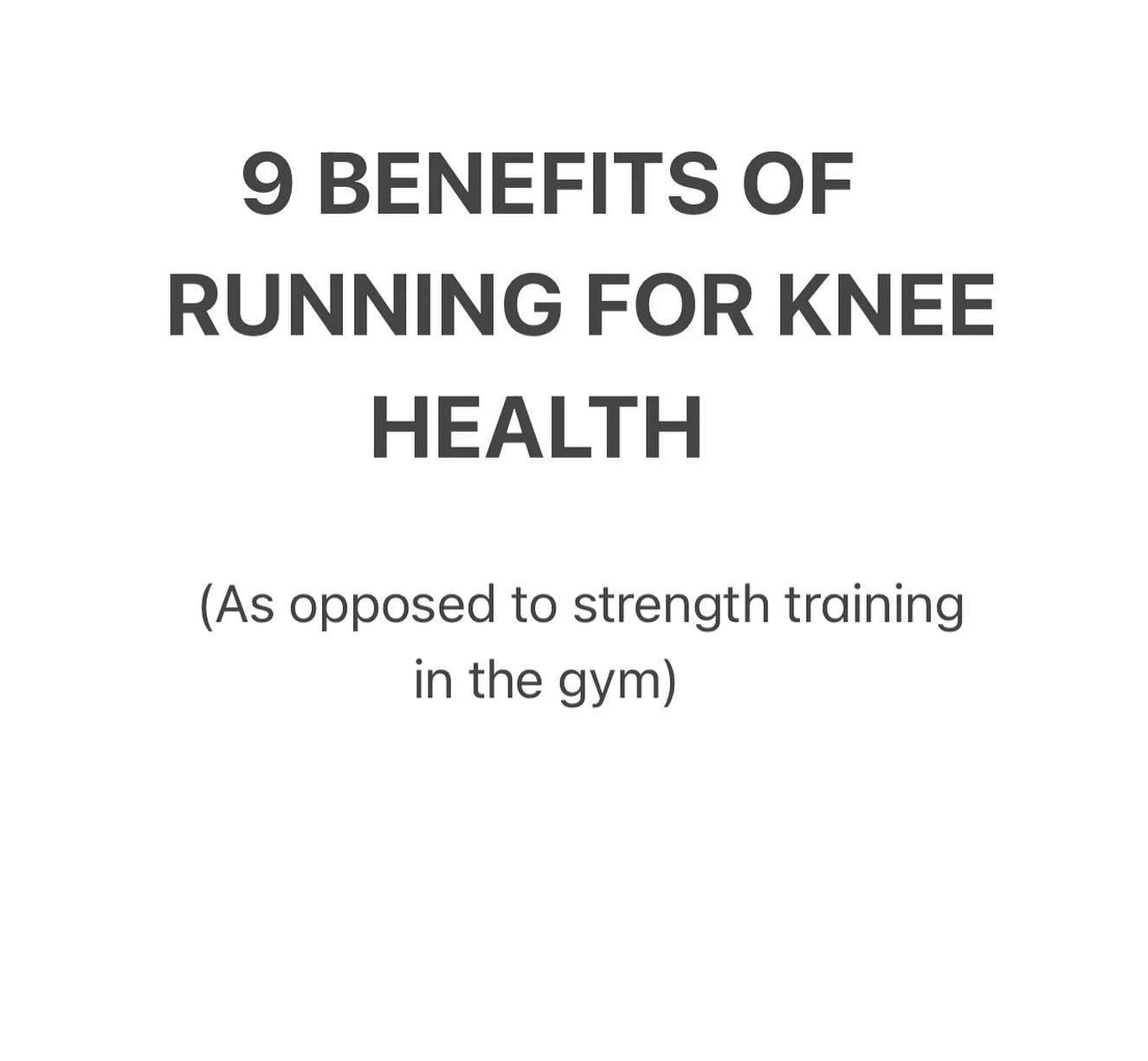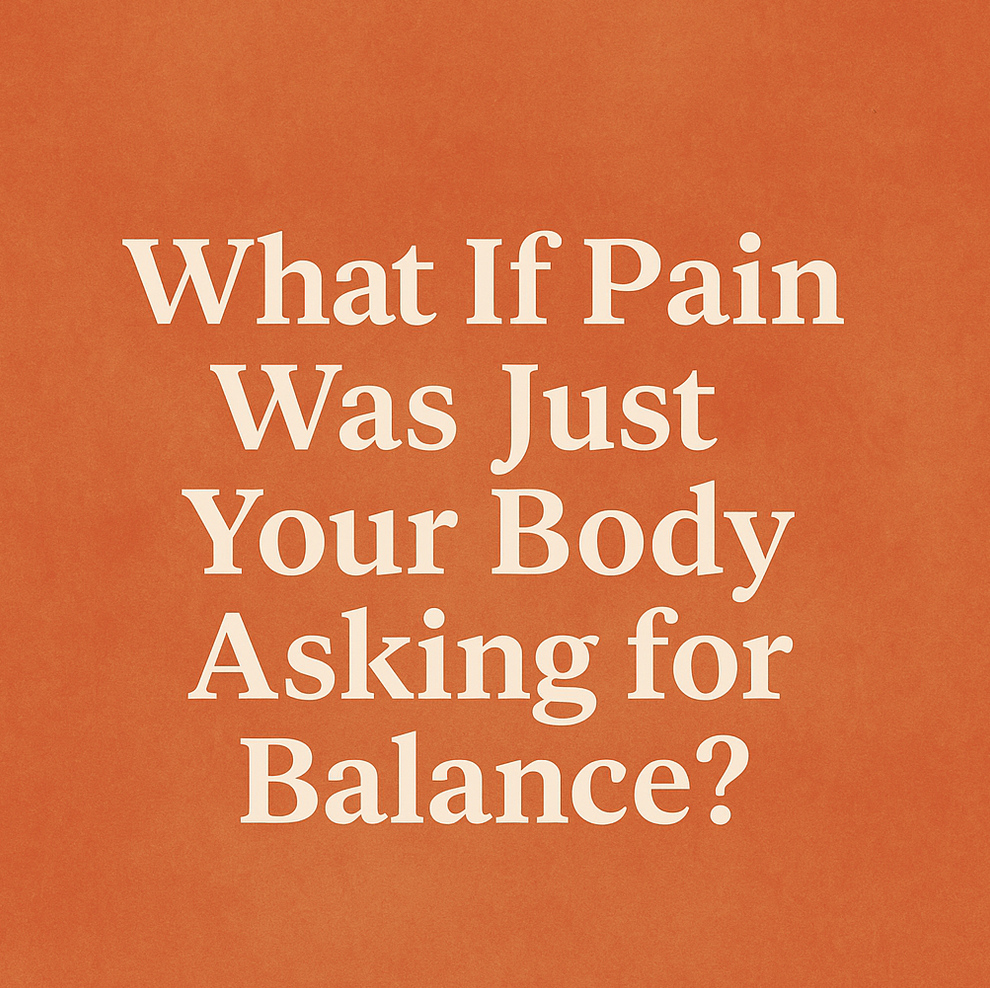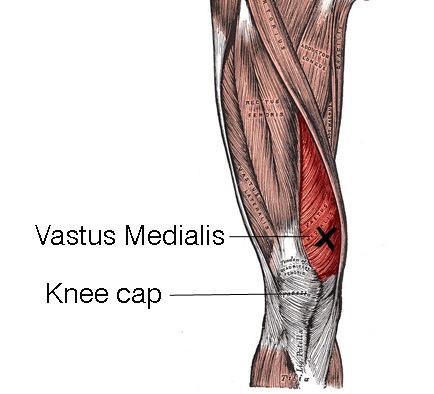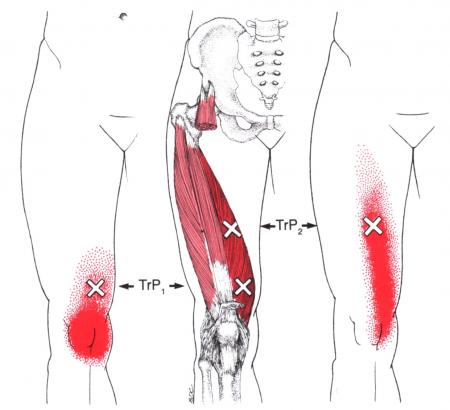NEWS:
Opportunity - Seeking Partnership
Join Our Team: Seeking Partner, Digital Creator and Project Manager for Exciting Healthcare Collaboration
Are you a talented digital creator and experienced project manager looking for a rewarding opportunity in the healthcare sector?
We invite you to join our team as we embark on an innovative collaboration aimed at revolutionizing patient care.
As the clinical lead of this project, I am seeking a passionate and skilled digital creator and project manager to partner with me in developing a groundbreaking solution. Together, we will create an app that empowers individuals with knee-related concerns to optimize their knee health and overall well-being.
This collaborative venture will require your expertise in digital content creation, app development, and project management. Your ability to translate clinical insights into user-friendly and engaging digital experiences will be invaluable in shaping the future of knee wellness.
If you are enthusiastic about merging healthcare and technology, and are driven by a desire to make a meaningful impact in people's lives, we would love to hear from you. Join our team and help us transform knee care, empowering individuals to take control of their knee health journey.
Ready to make a difference? Apply now and be part of an exciting and dynamic project that will reshape the way we approach knee health and patient care.
We look forward to welcoming you to our team and embarking on this rewarding collaboration.
Please contact Daniel O’Grady if you’re interested in discussing this role further.
0432 898 597
dan@kinfolkwellness.com.au
About The Resilient Knee Project
"Revolutionizing knee pain management through the power of running"
The Resilient Knee Project has a goal of inspiring people around the world to restore the health of their knees through a specialized knee program with a focus on building physical capacity through running.
Our graduates are able to get back to running and feel like themselves again, without relying on medication or surgery.
A groundbreaking new treatment for persistent knee pain and early arthritis, called The Resilient Knee Project has been developed by a leading physiotherapist and running coach Daniel O’Grady.
The treatment focuses on the use of running as a core therapy to improve knee health and reduce pain and inflammation.
The new program is based on the latest research and clinical evidence, which suggests that running can be an effective and safe way to improve knee function and reduce the risk of future knee problems.
The program includes a customized running program, with a gradual and progressive increase in mileage, as well as specific exercises and techniques to improve knee stability and strength.
"We are excited to offer this innovative and effective treatment to our patients," said Daniel O’Grady, lead physical therapist at The Resilient Knee Project. "Running has long been considered a high-impact activity that can be harmful to the knees, but our program has shown that with proper training and technique, it can actually be a beneficial form of therapy for individuals with persistent knee pain and early arthritis."
The Resilient Knee Project has already helped numerous patients improve their knee health and reduce their pain, and the clinic is now accepting new patients through in person assessment or digital online programs from anywhere in the world.





















